The most detailed star chart for the Milky Way and its neighbouring galaxies has been created by the European Space Agency. The data which was released show the high-precision measurements of almost 1.7 billion stars which were collected by the Gaia probe of the space agency, launched back in 2013. It follows the release of another smaller batch which was released two years ago. Early analysis already revealed finer details about the makeup of the Milky Way’s stellar population which includes the movement of the stars, which is the essential information to investigate the formation and evolution of the home galaxy.
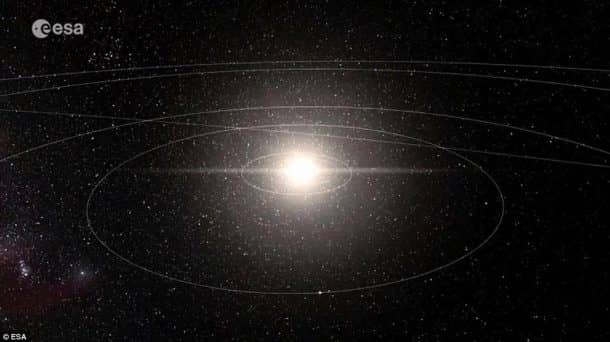
The European Science Agency in Paris, says that professional and amateur astronomers will be able to access the data and hunt for new discoveries in our galaxy and beyond. Gaia measures the distance, motion, brightness and colours of stars. The data is then processed by many scientists and software engineers to produce the maps. Including the asteroids in our solar system and a three-dimensional chart of nearby stars. The footage of what they found also lets viewers see the huge number of objects mapped by the project. Many discoveries are expected to happen after this release. The new data has positions, distance indicators and motions of more than one billion stars as well as high-precision measurement of asteroids within the solar system and stars beyond our own Milky Way.
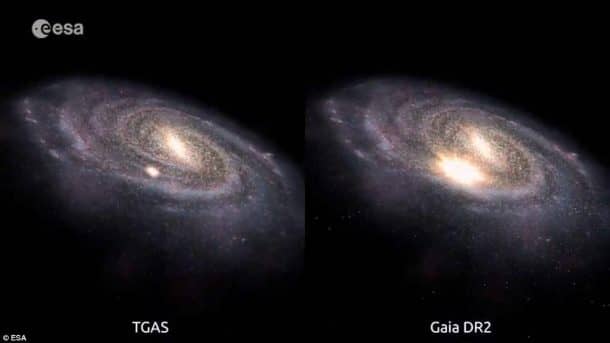
Günther Hasinger, ESA director of science, in a written statement, “The observations collected by Gaia are redefining the foundations of astronomy. Gaia is an ambitious mission that relies on a huge human collaboration to make sense of a large volume of highly complex data. It demonstrates the need for long-term projects to guarantee progress in space science and technology and to implement even more daring scientific missions of the coming decades.” Gaia was launched in December 2013 and started science operation in 2014. The new data release pins down all the positions of nearly 1.7 billion stars and with much greater precision.
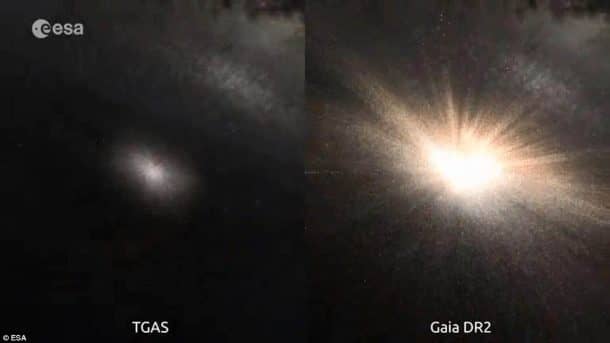
The data shows, some of the brightest stars in the survey, the level of precision equates to observers being able to find a coin lying on the surface of the moon. With these accurate measurements, it is possible to separate the stars from their true movements through the galaxy. The new catalogue shows the parallax and velocity across the sky or proper motion for more than 1.3 billion stars. Anthony Brown of Leiden University said, “‘The second Gaia data release represents a huge leap forward with respect to ESA’s Hipparcos satellite, Gaia’s predecessor and the first space mission for astrometry, which surveyed some 118,000 stars almost thirty years ago.”
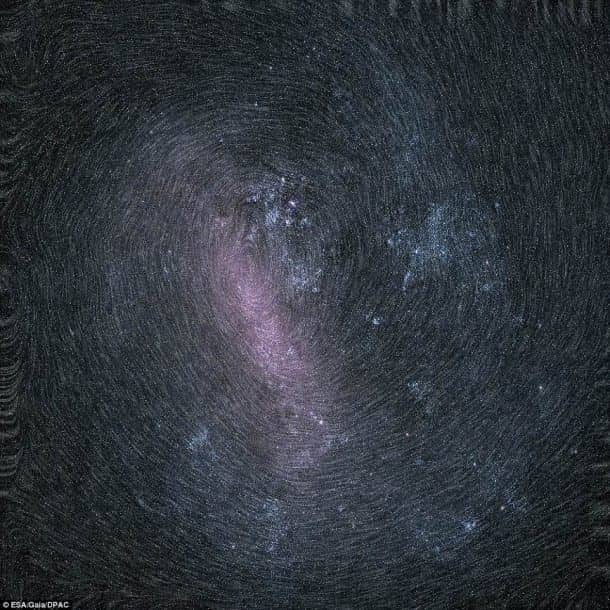
Dr Brown, the chair of the Gaia data processing and analysis consortium executive said, “The sheer number of stars alone, with their positions and motions, would make Gaia’s new catalogue already quite astonishing. But there is more. This unique scientific catalogue includes many other data types, with information about the properties of the stars and other celestial objects, making this release truly exceptional.” Apart from positions, the data also includes brightness information of all the surveyed stars and colour measurement of almost all the stars. Gaia also observes objects in our solar system. The second data release comprises of the positions of more than 14,000 known asteroids. This allows precise determination of the orbits of the stars.
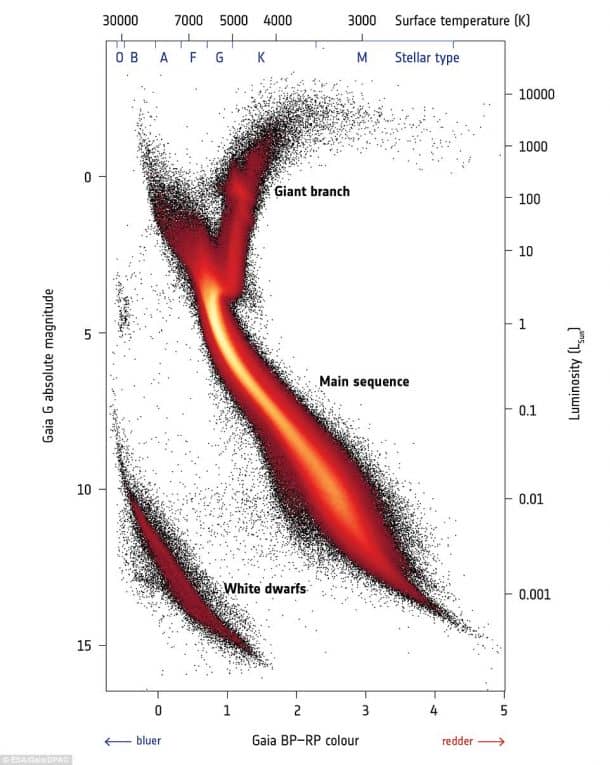
Antonella Vallenari from the Instituto Nazionale di Astrofisica and the astronomical observatory of Padua said, “The new Gaia data are so powerful that exciting results are just jumping at us. For example, we have built the most detailed Hertzsprung-Russell diagram of stars ever made in the full sky and we can already spot some interesting trends. It feels like we are inaugurating a new era of galactic archaeology.” This also includes the different types of white dwarfs, the dead remnants of stars, rich cores which are dominated by helium. Stars which are within few thousand light years of the sun, Gaia was able to measure their velocity as well in all the three dimensions. This revealed patterns in the motions of the stars which are orbiting the galaxy at same speeds.

Further studies on the obtained data will confirm if these patterns are linked to perturbations produced by the galactic bar, a denser concentration of stars, the architecture of the Milky Way or by the interaction with smaller galaxies which merged with it several years ago. With Gaia, it is also possible to see the motions of the stars within some globular clusters. The ancient systems of stars which are bound together by gravity and was discovered in the halo of the Milky Way, and also within our nearby galaxies including all the small and large Magellanic Clouds.


